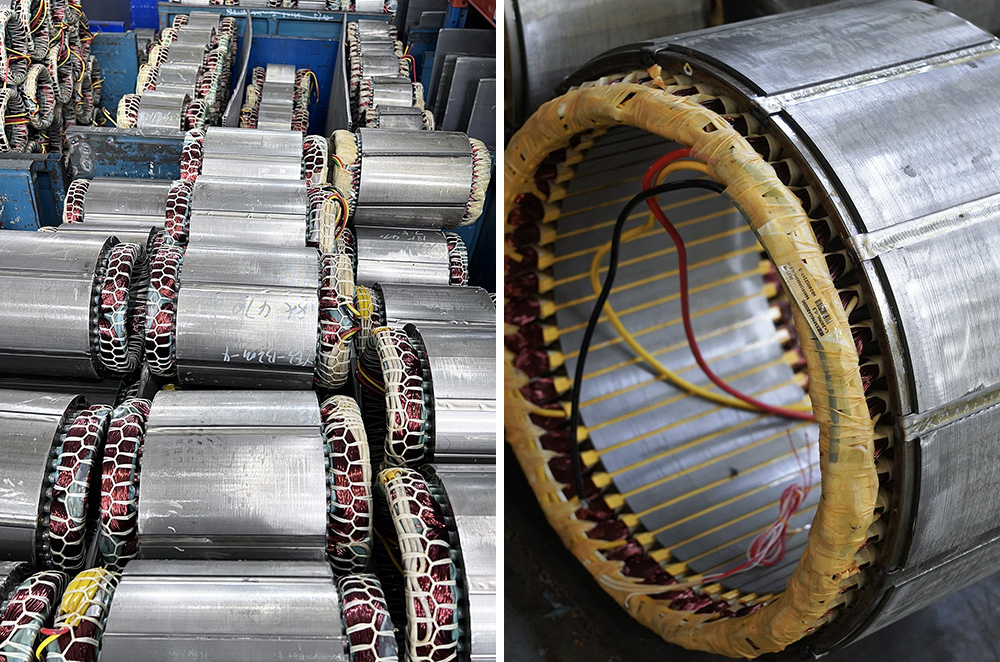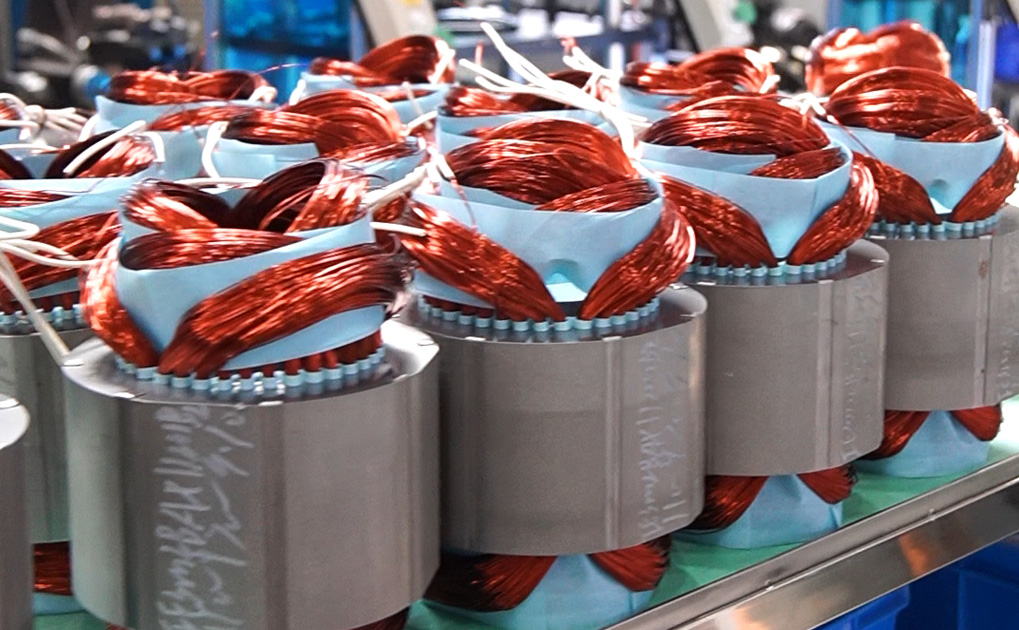
news
how to prevent the stator temperature of the motor from being too high?
2025-09-26 09:19:23来源:
high stator temperature is a common fault in motor operation. if not checked in a timely manner, it may lead to insulation layer aging, winding burnout, and even motor scrap. to prevent excessive temperature of the motor stator, a systematic solution needs to be constructed from multiple dimensions such as source selection, daily operation and maintenance, environmental control, and hazard warning. the core is to reduce abnormal heat generation, ensure heat dissipation efficiency, and identify risks in advance to avoid insulation aging, winding burnout, and other faults, and extend the service life of the motor.

1、scientific selection and standardized installation: building a solid foundation for prevention
it is necessary to select a motor with a rated power 10% -20% higher than the load based on the load power and starting current, ensuring that the voltage, frequency, and power supply system are matched. at the same time, the appropriate protection level (such as ip54 or above for dusty environments) and heat dissipation method (liquid cooling is preferred for high-temperature sealed environments) should be selected according to environmental conditions; during installation, reserve a ventilation space of ≥ 30cm to ensure that the coaxiality error between the motor and the load transmission shaft is ≤ 0.1mm. do not block the ventilation holes and hood to avoid heat dissipation obstruction or mechanical abnormalities caused by congenital structural defects.
2、daily cleaning and parameter monitoring: key to controlling operation
the air-cooled motor needs to clean the ventilation holes and air ducts with compressed air every week to remove dust, and remove the fan cover every month to clean the oil stains on the fan; check the coolant level of the liquid cooled motor every month, replace the coolant and clean the scale every 3-6 months. at the same time, measure the three-phase current with a clamp meter every week (if the deviation exceeds 5%, it needs to be checked), measure the insulation resistance with a shake meter every month (for low-voltage motors ≥ 0.5m ω), and monitor the stator temperature with an infrared thermometer (not exceeding the upper limit of the insulation level, such as b level ≤ 130 ℃) to promptly detect current abnormalities, insulation aging, and other problems.
3、environmental optimization and mechanical maintenance: eliminating external hazards
it is necessary to control the ambient temperature not to exceed 40 ℃, install a cooling fan when it is high temperature, and install an axial flow fan in a closed space to ensure that the air flow velocity is ≥ 1m/s; the distance between the motor and high-temperature equipment (such as electric furnaces) should be ≥ 1.5m. dust filters should be installed in dusty environments, and dehumidifiers (humidity ≤ 60%) should be used in humid environments. in terms of mechanical maintenance, check the bearing lubrication every 3-6 months (filling amount is 1/2-2/3 of the bearing space), listen for abnormal noises ("rustling" sound indicates wear and replacement), and check whether the load equipment (such as pumps and conveyor belts) is stuck every month to avoid indirect overload.
4、protective devices and deep maintenance: strengthening early warning and risk avoidance
can be embedded with ptc thermistor (power cut-off due to overheating), thermal relay (to prevent long-term overcurrent), three-phase current imbalance protector (alarm for deviation exceeding 5% -10%), and high-power motor equipped with temperature inspection instrument for real-time monitoring; remove the end cap every six months to check for discoloration of the winding and looseness of the terminals. conduct a voltage withstand test (380v motor tested at 1500v for 1 minute) and replace bearings every year. thoroughly clean the liquid cooling system and identify hidden hazards.
in summary, the core logic for preventing excessive stator temperature is "controllable heat generation, smooth heat dissipation, and early detection of hidden dangers": reducing abnormal heat generation through selection and operation, relying on environmental optimization and cleaning to ensure heat dissipation, and using monitoring and maintenance to avoid risks in advance. long term implementation of these measures can not only reduce the risk of malfunctions, but also extend the service life of motors by 30% -50% and reduce production downtime losses.
hengda electric has always been dedicated to the research and development, production, and service of various types of motors. with advanced technology and equipment, lean manufacturing processes, reliable product quality, and satisfactory after-sales service, the company provides customers with the most suitable motor professional solutions and creates greater social value.

